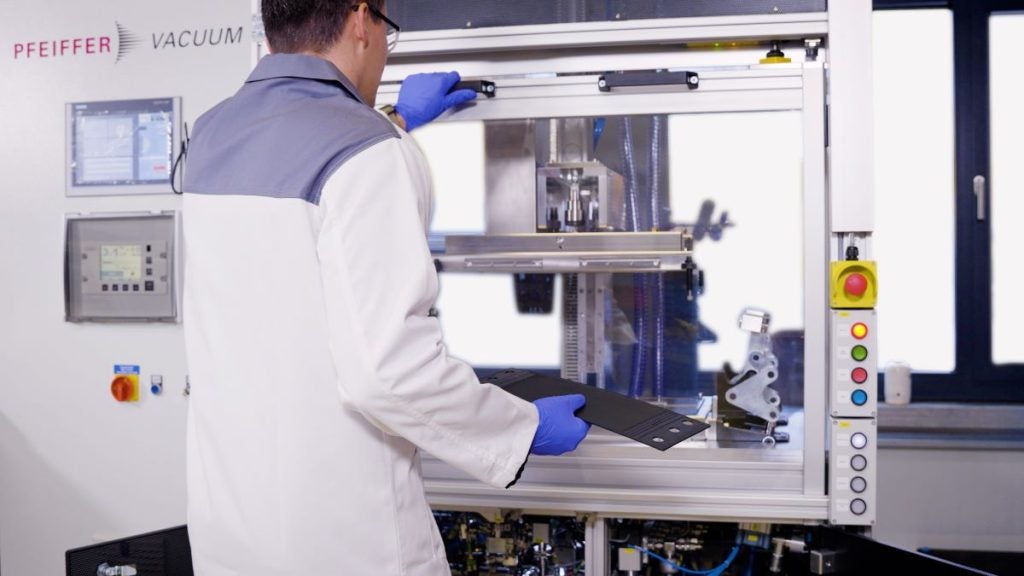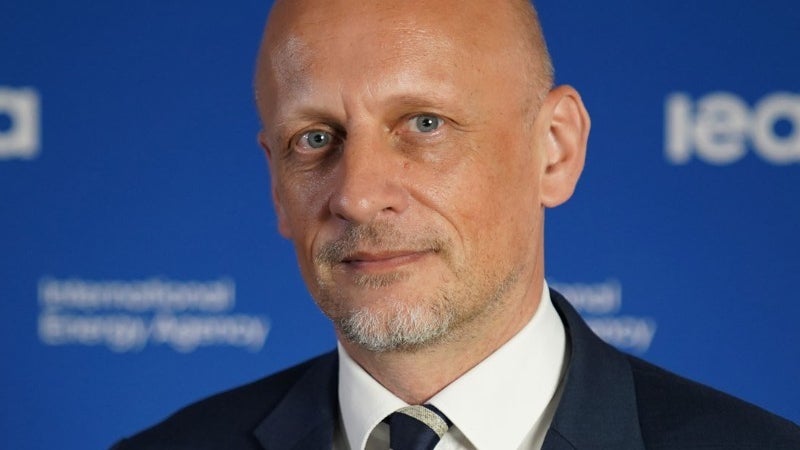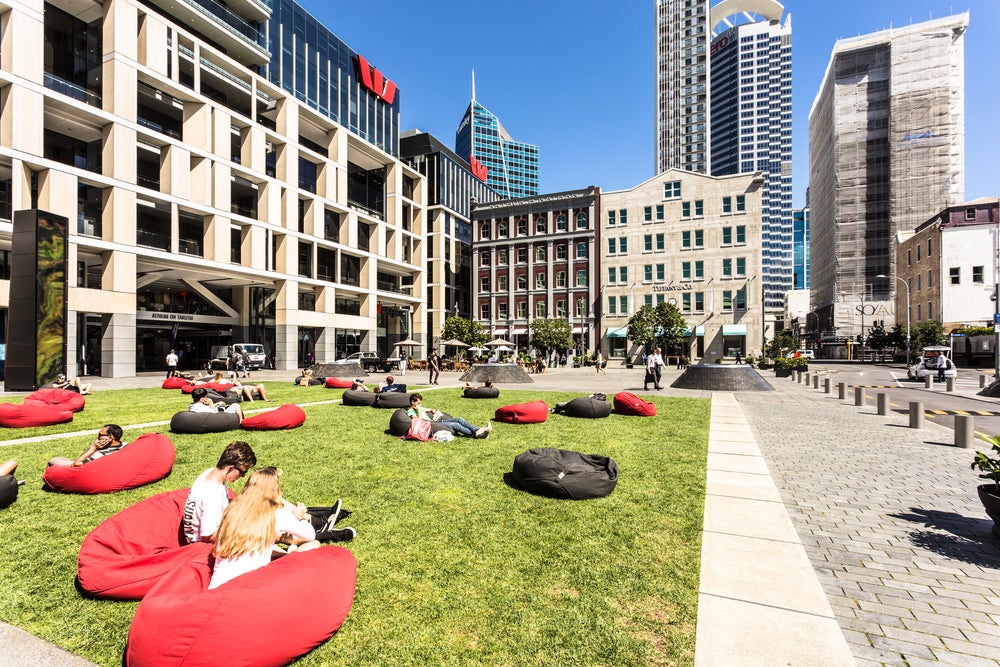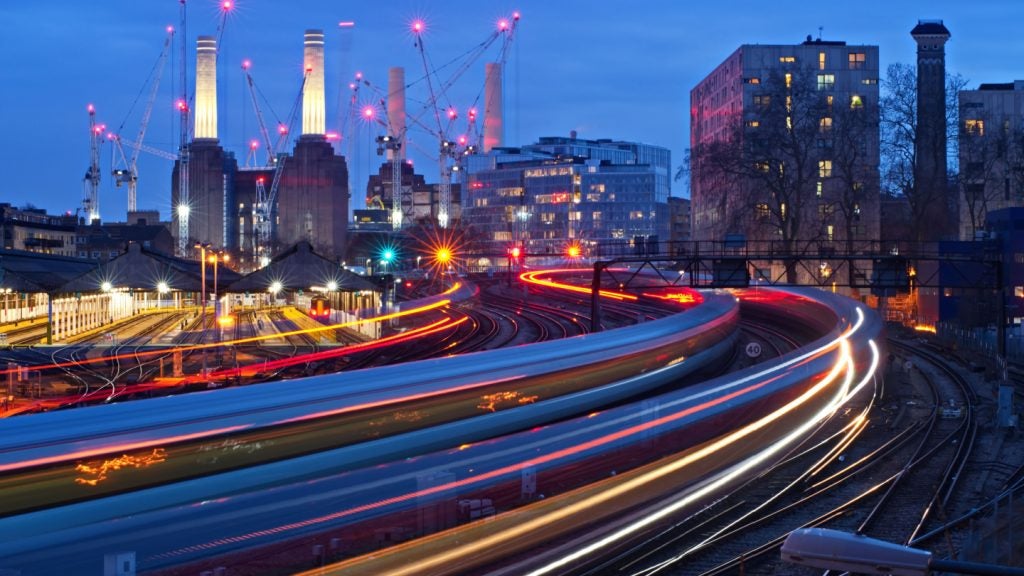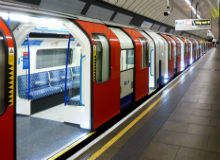

Described as a world-first, the new technology, which consisted of a modified inverter system, was installed at Cloudesley Road substation on the Victoria line. Its purpose was to capture the energy produced by trains braking, which is often lost as waste, and convert it for use in other areas.
London Underground (LU) says that in just one week of operation, this system recovered enough power to run a station as large as Holborn for more than two days per week.
Matthew Pencharz, London’s deputy mayor for environment and energy, said in September: "The results of this project are really exciting and show huge potential for harnessing some of the immense energy in our Tube trains. The trial puts London at the cutting edge of this kind of technology and clearly demonstrates how energy from trains can be recovered to power Tube stations, making the network more environmentally friendly and cost-effective."
This desire to be at the forefront of greener and cleaner ideas, leading to trials such as this one, has been a long time coming as Daren Stinton, principal engineer on the project, explains.
See Also:
"Regenerative braking itself is not a new concept," he says. "But, what this project set out to do is recover as much of the energy that is produced by regenerative braking as possible.
How well do you really know your competitors?
Access the most comprehensive Company Profiles on the market, powered by GlobalData. Save hours of research. Gain competitive edge.

Thank you!
Your download email will arrive shortly
Not ready to buy yet? Download a free sample
We are confident about the unique quality of our Company Profiles. However, we want you to make the most beneficial decision for your business, so we offer a free sample that you can download by submitting the below form
By GlobalData"While it was only a five-week trial, it has been a work in progress for some years. We tendered the project back in 2012, and after several months of evaluation awarded a design contract in early 2013.
"We then had two years of design, manufacture and enabling works to put the kit into the substation, followed by extensive engineering testing and simulation modelling prior to embarking on the trial."
Unique to London Underground
This exhaustive process gave Stinton and his team time to refine the technology, but how does it work?
When a train brakes, its traction motors are converted to the generators, and the kinetic energy of the braking train is converted into electrical energy, which is then transmitted back to the conductor rails and used by other trains.
But, if there aren’t any other trains in the vicinity, this energy is discharged and wasted as heat. "What we sought to [do], for want of a better word, was to hoover up that excess energy," explains Stinton.
"The inverter is a fixed piece of equipment that detects the surplus energy on the line and provides a path for that energy to flow from the line back to the distribution system for use elsewhere on the network."
This means that the inverter doesn’t store the energy, but simply provides an alternative path. As far as Stinton and Chris Tong, LU’s head of power and cooling, are concerned, LU is the first railway operator to implement the technology in this way on a UK railway.
"We’ve heard of some applications in South America and there’s also an installation in Paris," says Tong. "But the information on those is a bit sparse in terms of the actual benefit they are getting, so we think we are the first to successfully implement it with real, positive results."
Harvesting energy and lowering temperatures
The positive results that Tong refers to are the aforementioned energy that could power a station the size of Holborn and a potential saving of £6m every year. However, the trial also highlighted a bonus that is sure to please millions of commuters who will attest to the sometimes uncomfortable temperatures when travelling on the Tube.
"When the energy gets transferred to the resistor grid, the grid turns it into heat, which consequently heats up the tunnels," says Tong. He adds that by not transforming this energy into heat, and instead putting it back into the grid, "tunnel temperatures are not increasing".
While the success of the endeavour has been widely publicised, Stinton and Tong freely admit that, as with any research and development project, there has been plenty of learning and modification along the way.
The sheer scale of testing required was "much more than we envisaged", they say, adding that if they were to do it again they would factor in more time during the pre-trial stage.
"We had to run test trains to prove and demonstrate to others that the product would not adversely affect some of the other complex systems we have on the network, such as modern rolling stock and signalling systems," explains Stinton.
Nonetheless, five weeks were "more than enough" time to collate and analyse the necessary data.
"This was just a defined period in which we had permanent monitoring equipment to gather data … but the technology is still in use. It was always our plan to keep it in service thereafter and get the energy benefits moving forward."
A greener transport system
With the inverter remaining in place, a wider roll-out could soon follow. Key to this is a greater commitment to, as well as appreciation of the necessity of, a greener Tube, but also a better understanding of how to capture and recycle energy.
"Since 2012, there have been a number of new suppliers enter the market," Stinton says. "We’ve just gone through a supplier engagement. It is quite fast moving. There are more products now than in 2012.
"Traction energy represents the largest portion of our energy bill, so we’ve been looking at what we can do to make it more efficient and get more from it. At lower levels, we are looking at the possibility and feasibility of implementing renewable generation, such as solar and wind."
The inverter certainly ticks many of LU’s energy efficiency boxes, and now that proof of its worth is beyond doubt, it has been "factored into our [green] plans", says Stinton, with all future Tube line upgrade projects having whole-life energy costs embedded into their programmes.
Alongside the announcement that Greenwich Power Station is to be revamped to transform it into a low-carbon power generator for the Tube network, as well as plans to channel waste heat into a new local heat network to benefit nearby residents, LU is certainly embarking on a greener future.



